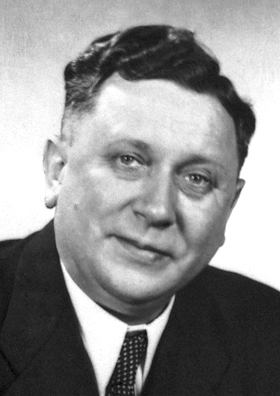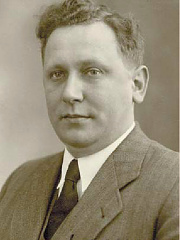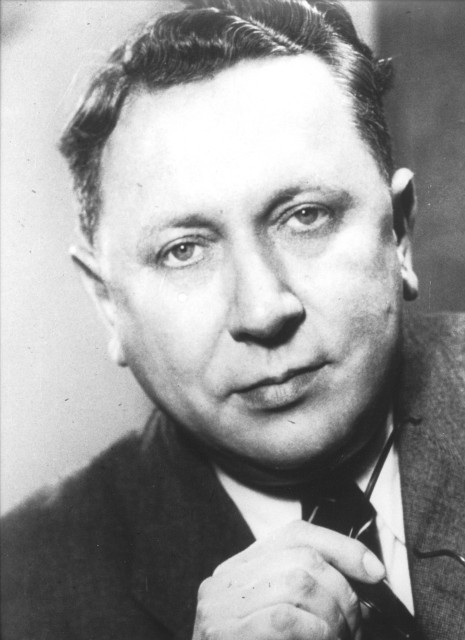<Back to Index>
- Chemist Kurt Alder, 1902
- Painter Giorgio de Chirico, 1888
- Foreign Minister Alfred von Kiderlen - Waechter, 1852
PAGE SPONSOR



Kurt Alder (10 July 1902 – 20 June 1958) was a German chemist and Nobel laureate.
Alder was born in the industrial area of Königshütte, Silesia (modern day Chorzów, Upper Silesia, Poland), where he received his early schooling. Alder left the area for political reasons when Königshütte became part of Poland in 1922, he studied chemistry at the University of Berlin from 1922, and later at the University of Kiel where his PhD was awarded in 1926 for work supervised by Diels.
In 1930 Alder was appointed reader for chemistry at Kiel, and promoted to lecturer in 1934. In 1936 he left Kiel to join I G Farben Industrie at Leverkusen, where he worked on synthetic rubber. Then in 1940 he was appointed Professor of Experimental Chemistry and Chemical Technology at the University of Cologne and Director of the Institute of Chemistry there. Throughout this time and despite the many obstacles to original research in Europe at the time, he continued a systematic program of investigations of his particular interests in the synthesis of organic compounds. In all he published more than 151 papers in this field.
Alder received several honorary degrees and other awards, most famously the 1950 Nobel Prize in Chemistry which he shared with his teacher Diels for their work on what is now known as the Diels - Alder reaction. The lunar crater Alder is named in his honour. The insecticide aldrin, created through a Diels - Alder reaction, is also named after the scientist.